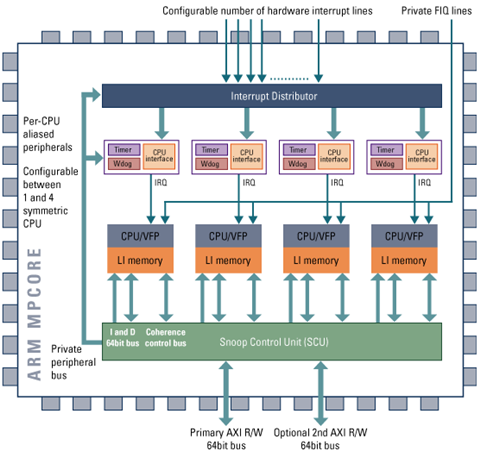Nvidia launches Tegra, HD computer on a chip

Nvidia on Monday made it official: The company is going after the smartphone and mobile Internet device (MIDs) market with Tegra, what is billed as the company's high definition computer on a chip.
Nvidia is pointing Tegra at what it thinks will be the sweet spot of the mobile market--smartphones that will rely on 3D graphics and video.
In a statement, Nvidia says (Techmeme, ARM statement, background on Tegra's ARM architecture):
NVIDIA Tegra is a tiny computer-on-a-chip, smaller than a US dime (10-cent piece), designed from the ground up to enable the "visual PC experience" on a new generation of mobile computing devices while consuming the smallest amount of power.
Tegra is the second installment from Nvidia's smartphone foray. The Nvidia Tegra architecture allows for multiple processors focused on various taks--an 800 MHz ARM CPU, a HD video processor, an imaging processor, an audio processor, and an ultra-low power GeForce GPU. The processors can be used together or independent. Nvidia claims the Tegra has up to 10 times the power efficiency of existing products.
Nvidia claims that the Tegra 650 can process 130 hours of audio and 30 hours of HD video, image processing for cameras and camcorders, support for Web 2.0 applications and direct support for PC tools such as the keyboard, display and Wi-Fi.
A few key points about the architecture:
- Tegra is based on the ARM11 MPCore multiprocessor technology licensed from ARM;
- The chip is configurable to accommodate implementations with 1 to 4 processors;
- It shuts down unused resources to save power.
Here's a look at Tegra's ARM architecture:
Nvidia is betting that its chips will be in demand as consumers increasingly to take the computing experience you get on your PC to your mobile device. Nvidia's move--along with similar efforts from the likes of Texas Instruments--are designed to give Intel some competition in the mobile Internet device market. Intel's Atom chip is aggressively targeting this market.
Also see:
